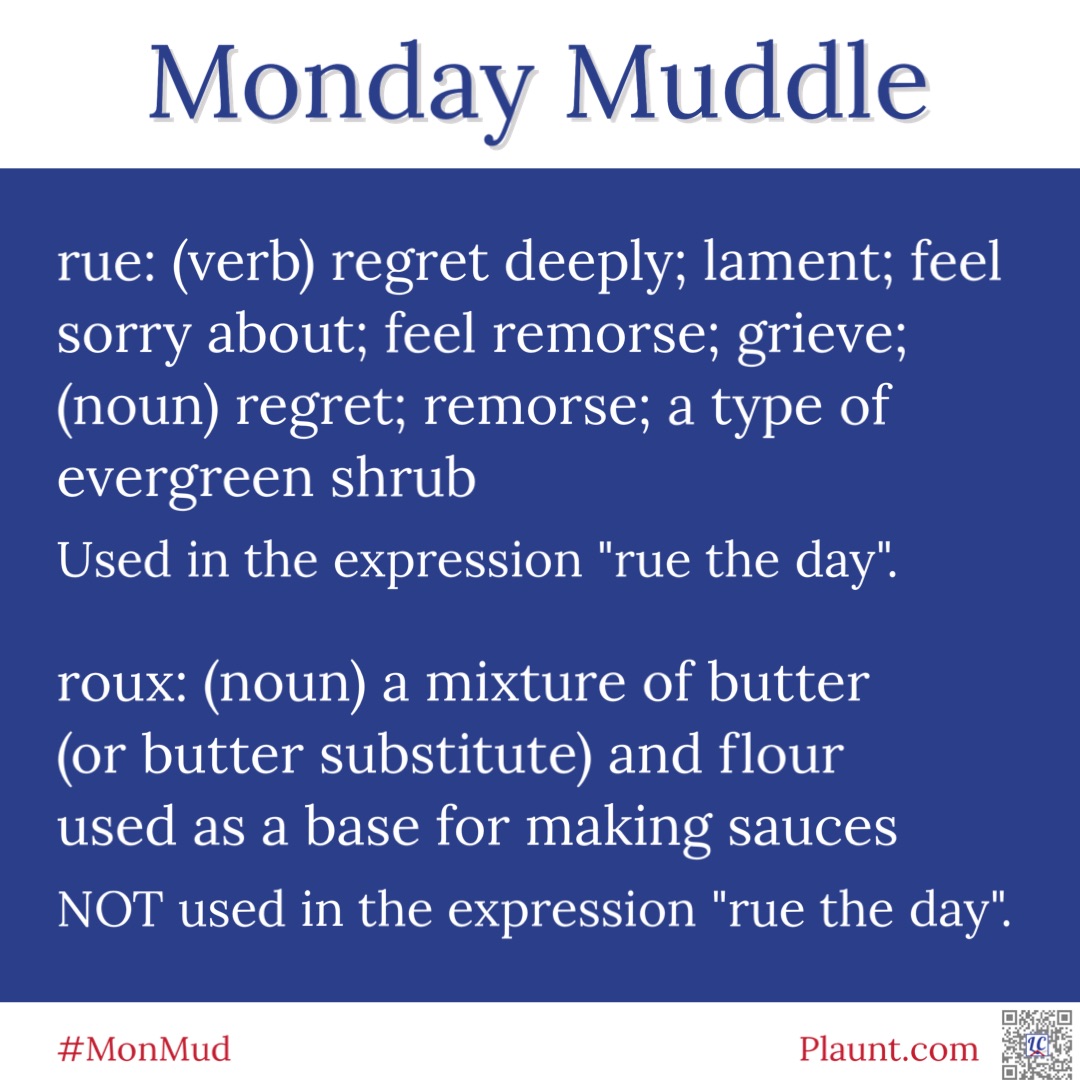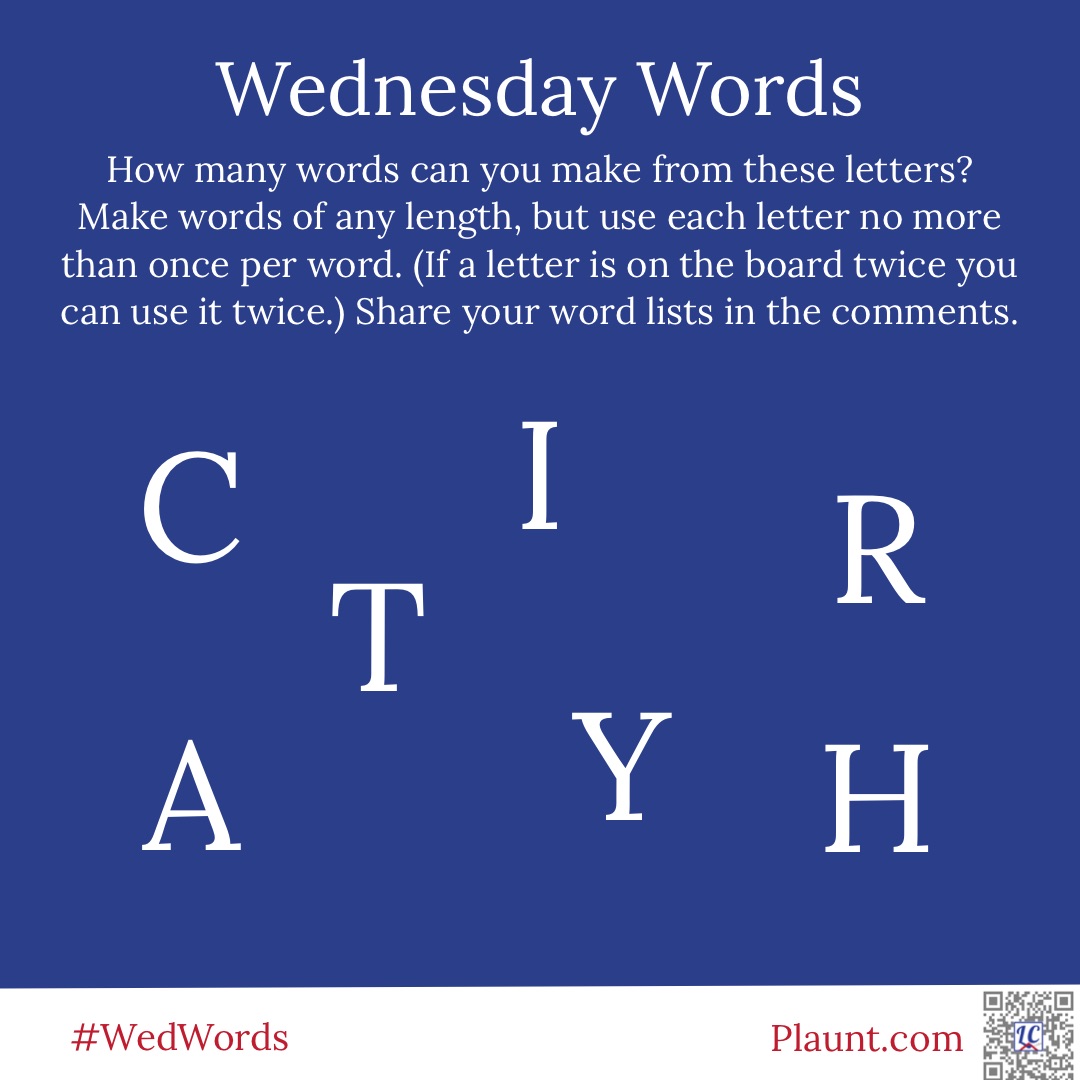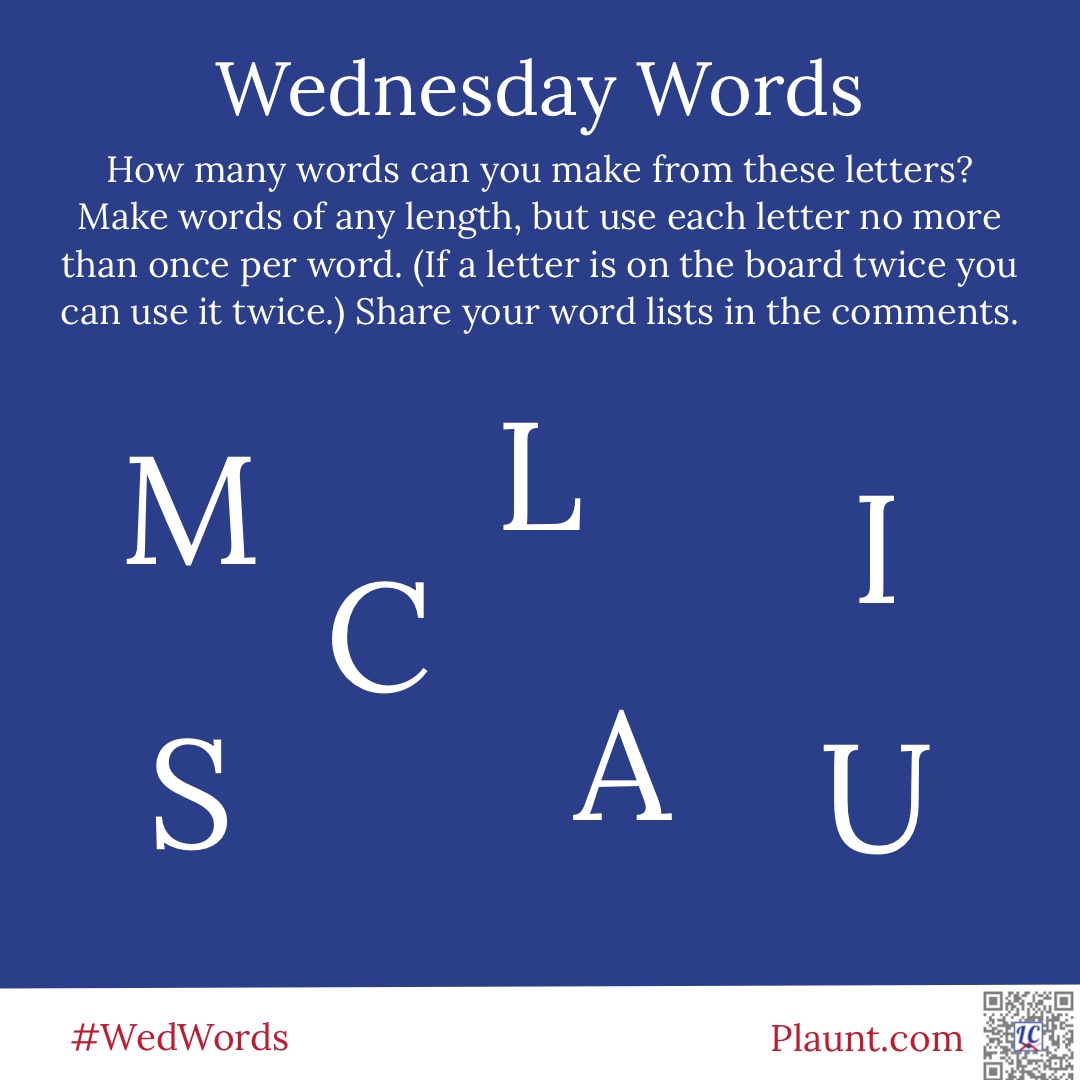
Monday Muddle: rue, roux


For a weekly dose of language-based humour, visit my Facebook page at https://facebook.com/lcplauntMEd


In two sentences tell me what you have learned about writing recently.

For a weekly dose of language-based humour, visit my Facebook page at https://facebook.com/lcplauntMEd


In two sentences tell me about your work in progress.